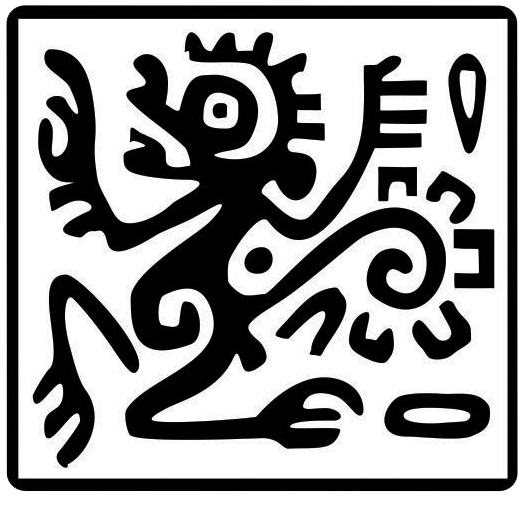Hematological profile of wild vicuñas (Vicugna vicugna) from the Apolobamba National Natural Integrated Management Area, Bolivia
Abstract
This study established the hematological profile of vicuñas (Vicugna vicugna) in the wild. This species represents a sustainable natural resource for local communities, and considering management practices and animal welfare is fundamental for one of the most successful species conservation experiences in the country and the region. Blood samples were taken from 78 vicuñas in 14 communities during capture and shearing efforts in the 2021 season in the Apolobamba National Natural Integrated Management Area (ANMIN), located in the Franz Tamayo and Bautista Saavedra provinces of the department of La Paz, Bolivia. The results obtained from the hematological profile were: total erythrocyte count 15.2 X 1012 L, hematocrit 42 L/L, total solids 5.6 g/dl, hemoglobin 11.8 g/L, mean corpuscular volume 28.1 fL, mean corpuscular hemoglobin 9.2 pg, mean corpuscular hemoglobin concentration 33 g/L, total leukocyte count 10.3 x 109 L, neutrophils 62 %, fallen neutrophils 5 %, basophils 0 %, eosinophils 0.09 %, lymphocytes 31 %, monocytes 2 % and platelet count 65 x 103 L. The parameters obtained are within the values recorded for the species. Certain changes in a few communities were observed, such as elevated hematocrit, leukocytosis and the ratio of neutrophils and lymphocytes associated with physiological changes due to the stress of the vicuñas, which might be related to the inadequate implementation of animal welfare practices.
Copyright (c) 2024 Therya Notes

This work is licensed under a Creative Commons Attribution-NonCommercial-NoDerivatives 4.0 International License.
THERYA NOTES is based on its open access policy allowing free download of the complete contents of the magazine in digital format. It also authorizes the author to place the article in the format published by the magazine on your personal website, or in an open access repository, distribute copies of the article published in electronic or printed format that the author deems appropriate, and reuse part or whole article in own articles or future books, giving the corresponding credits. The Creative Commons CC BY-NC-SD license is used.![]()









